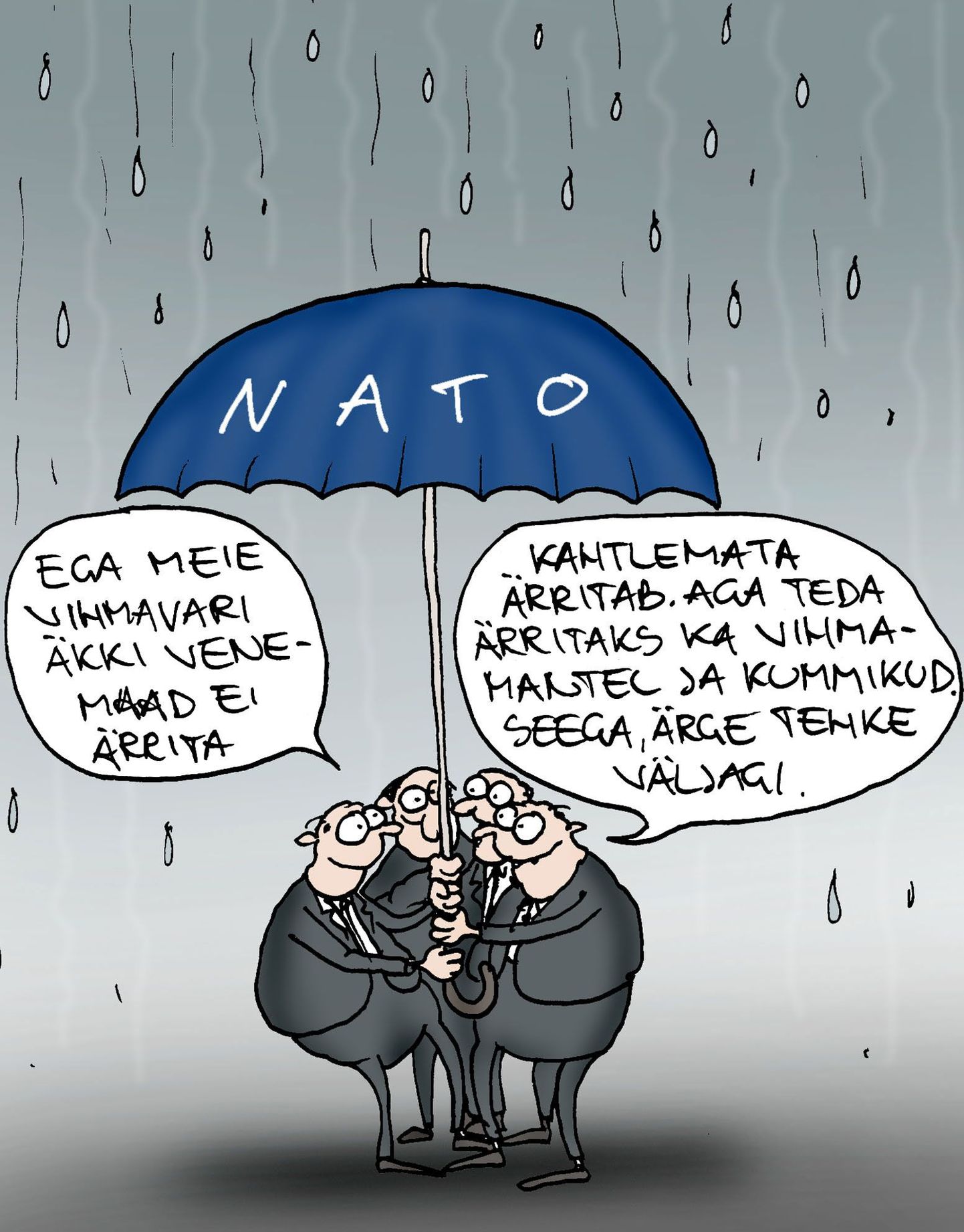As everybody will understand, there’s nothing that comes close to entire NATO might summed up. Meanwhile, we know the balance of powers was and still is out of whack in Baltic Sea region. Add to this one of the few advantages that authoritarian rulers have regarding democracies, and the more so with their organisations. With power in one man’s hands, no need to coordinate one’s decisions and hold complex talks. One just issues a command.
To curb said advantage, for over a year intense endeavours have been going on to polish the decision-making process. The more «automatic» moves it involves, the faster the decisions and actions in real danger. At that, clarity and swiftness of political and military decision-making serves as part of deterrence – the better it becomes, the smaller the advantage of an authoritarian ruler.
As markedly observed in wording by NATO secretary-general Jens Stoltenberg at this week’s meeting, NATO is dealing with hybrid (war) threats – in close cooperation with the European Union. Issues abound, from how to recognise hybrid war to when/how then to react. Thus, part of current planning is for all NATO allies to read situations fast and get the same message, proceeding to decide and act adequately. Once a potential foe believes there is no confusion among allies in such issues and reactions to mischief will come with no delay, this is part of deterrence – the goal being that the enemy would not even try.
Obviously, history has shaped differing attitudes in NATO allies and geographical locations will dictate the priorities. Meanwhile, sources close to policy-making confirm that NATO is currently taking decisions in an almost unprecedented unity and each other’s priorities are not being despised. As an example of that, Estonia will in this fall significantly participate in the Trident Juncture exercises organised in Spain, Portugal and Italy, as lead state for the Baltic battalion. Meanwhile, our South-European allies are involved in Baltic air policing and lots of other forms of cooperation despite some newspaper headlines in allied nations here and there.

